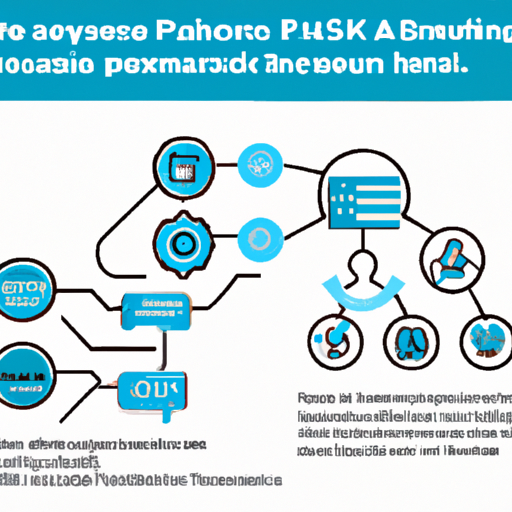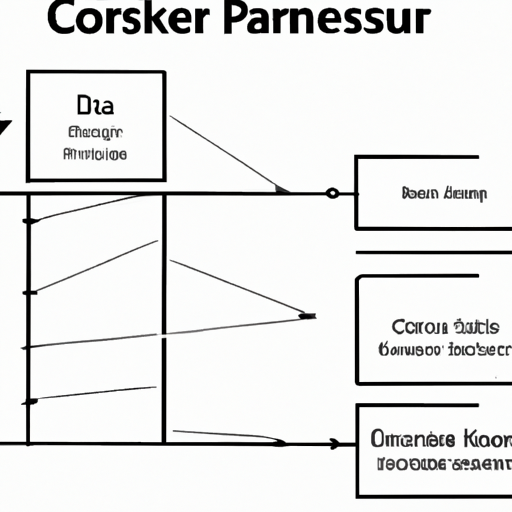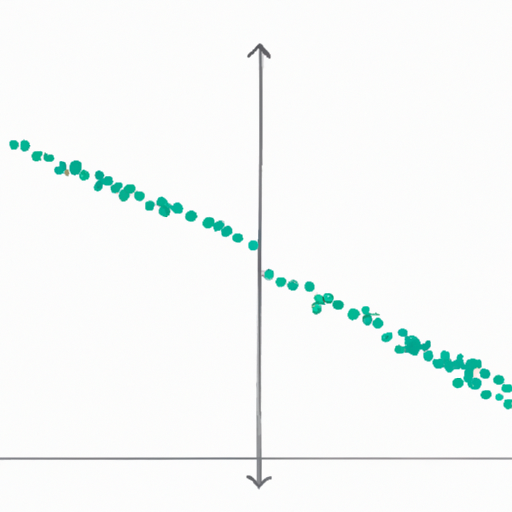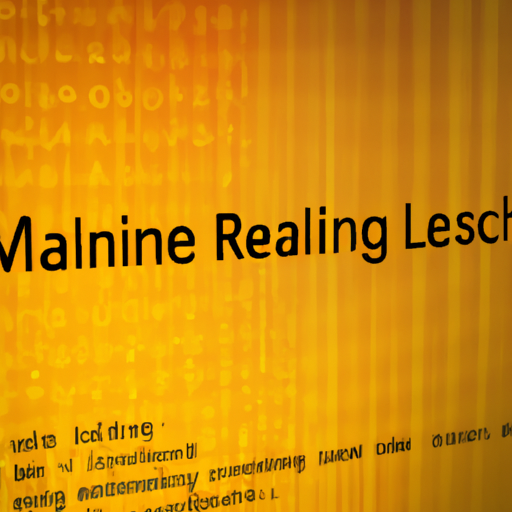Tutorials on data science and machine learning
This section is dedicated to guides that help one go through the intricacies of data science and machine learning, focused on Python.
Latest tutorials
About
We elaborate on topics like natural language processing, optical character recognition, scraping, crawling, and so on. Our tutorials cover the use of software, optimization of algorithms, and best practices for leveraging your existing hardware (e.g. computational power, IOPS, and latency, and how these relate to something like neural network training).
Natural Language Processing (NLP)
NLP is a fascinating area where we teach machines to understand human language. Python has some powerful libraries like NLTK and spaCy that make it easier to process and analyze text data. For beginners, I recommend starting with tokenization and part-of-speech tagging before moving on to more complex tasks like named entity recognition and sentiment analysis. Don’t forget to leverage pre-trained models from Hugging Face’s transformers library for state-of-the-art results.
Optical Character Recognition (OCR)
OCR technology has come a long way, and with libraries like Tesseract and Pytesseract, you can extract text from images with relative ease. The key to successful OCR is pre-processing your images—think binarization, noise removal, and perspective correction. For best results, consider fine-tuning Tesseract with your own dataset or using a service like Google Cloud Vision API for more robust needs.
Scraping and Crawling
Data is the lifeblood of ML, and sometimes you need to collect it yourself. Python’s BeautifulSoup and Scrapy are great for scraping HTML content, while Selenium can automate web browsers for more complex interactions. Always be respectful and check a website’s robots.txt file before scraping, and consider rate limiting to avoid overwhelming servers.
Software and Algorithm Optimization
Writing efficient code is crucial when dealing with large datasets or complex algorithms. Use vectorization with NumPy to speed up operations, and consider Cython or Numba if you need to squeeze out more performance. When it comes to ML algorithms, always start with a baseline model and iteratively improve it. Hyperparameter tuning can be a game-changer—libraries like Hyperopt and Optuna can automate this process.
Leveraging Hardware
Training neural networks can be computationally intensive. To make the most of your hardware, understand how to utilize your CPU and GPU effectively. Libraries like TensorFlow and PyTorch allow you to run computations on GPUs, which can significantly speed up training times. If you’re dealing with I/O bottlenecks, look into optimizing your data pipeline with techniques like prefetching and parallel data loading.
Neural Network Training
When training neural networks, be mindful of your batch size and learning rate as they can greatly affect your model’s performance. Use callbacks and checkpoints to monitor training progress and save intermediate models. Don’t forget to use tensorboard or similar tools to visualize your training metrics.
Recommendations
Remember, the key to success in data science and ML is continuous learning and experimentation. The Python ecosystem is rich with libraries and frameworks, so take advantage of them. And when you’re stuck, the community is an invaluable resource—don’t hesitate to reach out on forums like Stack Overflow or Reddit’s r/MachineLearning.
P.S. If you have any tips or resources that have helped you in your data science journey, feel free to share them in the comments.






